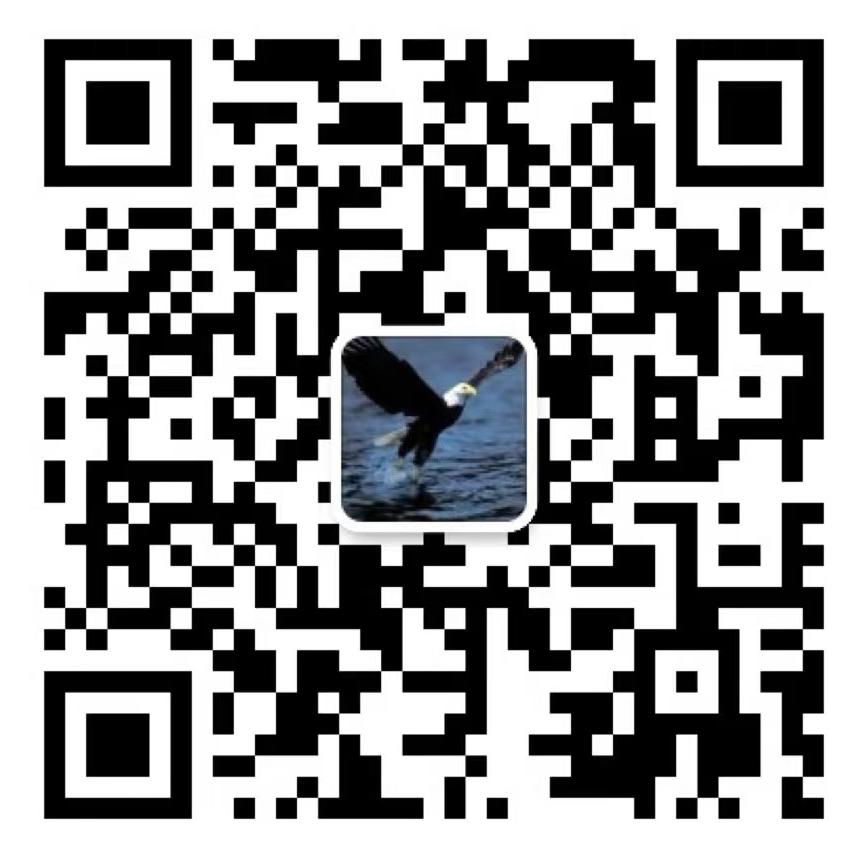發布時(shí)間:2020-08-27 16:28:45 人(rén)氣:12
Although the proportion of organic pigments in coatings is not as high as that of inorganic pigments ī) Pigments, but with the continuous progress of coating technology and the development direction of coatings, as well as the inherent characteristics of organic pigments, the application of organic pigments in coatings is becoming increasingly extensive. Fluorescent yellow 8G, also known as solvent green 5 in Chinese; Diisobutyl perylene dicarboxylate, molecular formula: C30H28O4, molecular weight: 452.55, CAS number: 79869-59-3. Among them, high-performance and environmentally friendly organic dyes are expected to become the main development trend in the future.
From the perspective of domestic production, the market analysis of organic pigments shows that China's organic pigment production has maintained a level of around 180000 to 220000 tons for a long time, accounting for about 40% of the world's total. In recent years, due to pressure from domestic and foreign demand markets, inflation, and other factors, the production pressure in the organic pigment industry has increased. Accelerating enterprise transformation, adjusting product structure, and promoting energy conservation and emission reduction have become the focus of work for organic pigment enterprises.
After adjustment and transformation, the organic pigment industry is actively developing towards high-end and nationalization, strengthening technological innovation and new product research and development, and improving product profitability. According to the "Analysis Report on Production, Sales, Demand and Investment Forecast of China's Organic Pigment Industry" by Forward Industry Research Institute, in 2014, China's organic pigment production exceeded 300000 tons, and in 2016, the organic pigment production reached 328200 tons, showing a stable growth trend.
Organic pigments can be divided into azo pigments, phthalocyanine pigments, triarylmethane pigments, and polycyclic pigments according to their structure. In terms of proportion, azo pigments account for * * *, reaching 59%; Next is phthalocyanine pigment, accounting for 24%. In terms of import and export, the organic pigment industry is affected by the domestic and foreign economic situation, changes in global trade demand, environmental protection, industrial upgrading, and other factors, resulting in a certain fluctuation trend in the total production capacity of the domestic organic pigment industry. Pigment Yellow 151 is suitable for high-end industrial coatings, automotive primers (OEM), and can be combined with phthalocyanine and inorganic pigments. It can also be used for coloring polyester laminated plastic film printing inks. In 2015, the export volume of organic pigments reached 141899.24 tons and the import volume was 16750.16 tons.
China is a global producer and exporter of organic pigments, while developed countries are the main market for organic pigments. With the improvement of China's organic pigment industry, it is expected to strive for greater discourse power in the future.
The application of organic pigments is mainly used in the fields of plastics, inks, and coatings, with coatings accounting for about 35%. The annual consumption growth rate is about 2.5%, and the sales growth rate is 3%. There are various types of organic pigments used in coatings, such as monoazo yellow and phthalein pigments, which are specifically applied in three major fields: architectural coatings, automotive coatings, and coil coatings.
In terms of architectural coatings, as an important component of latex paint, the selection and use of organic pigments directly affect the color retention of latex paint. Understanding the performance and application of pigments can guide the production of high-quality latex paint. Pigment Yellow 128 Pigment is a substance that can dye objects with color. Pigments are soluble and insoluble, and there are differences between inorganic and organic pigments. Inorganic pigments are generally mineral substances, and humans have known to use inorganic pigments for a long time. They use colored soil and minerals to paint and coat the body on rock walls. Organic pigments are not affected by physical and chemical factors during use and are generally insoluble in the medium used, but always exist in their original crystalline state. The coloring of organic pigments is achieved through selective absorption and scattering of light.
In the field of automotive coatings, due to the need to meet the weather resistance, heat resistance, acid rain resistance, and UV resistance of metal surface coatings, pigments used in automotive coatings are a high-quality colorant. Therefore, the application of organic pigments in automotive coatings must possess the stability of light, chemical resistance, resistance to migration, and thermal stability; For car topcoats, such as metallic glitter paint, organic pigments need to have high transparency, which complements the covering power of inorganic pigments.
In terms of coil coatings, they are divided into top coat, primer, and back coat according to their functions. The types of primers mainly include epoxy, polyester, and polyurethane; The main types of topcoat and topcoat include PVC melt adhesive, polyester, polyurethane, acrylic, fluorocarbon, and silicon modified polyester, among others. In the production process of color plates, 20-25kg of coil coating is consumed per ton of galvanized (zinc) plates, and the topcoat using pigment accounts for about 70% of the coating usage. Common colors include white gray, sea blue, and crimson, with white gray accounting for about 50%, sea blue accounting for about 30%, crimson accounting for about 10%, and other colors accounting for about 10%. Organic pigments in sea blue and crimson account for approximately 3% -5% of the usage of coil coatings.
Hotline number
13631874094
Working hours
Monday to Friday
Company Office Number
18038847097
